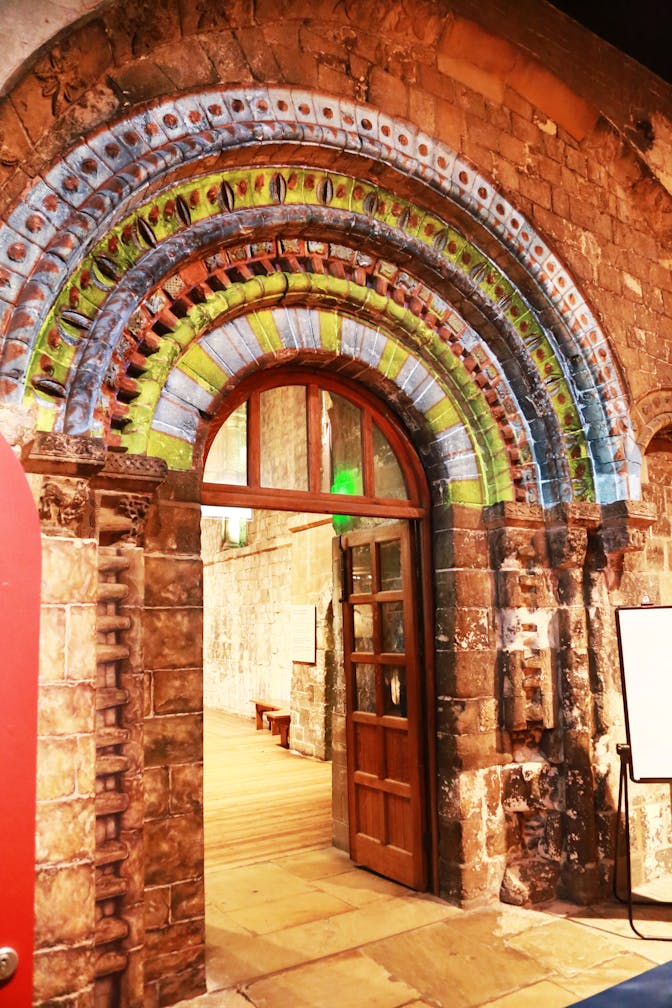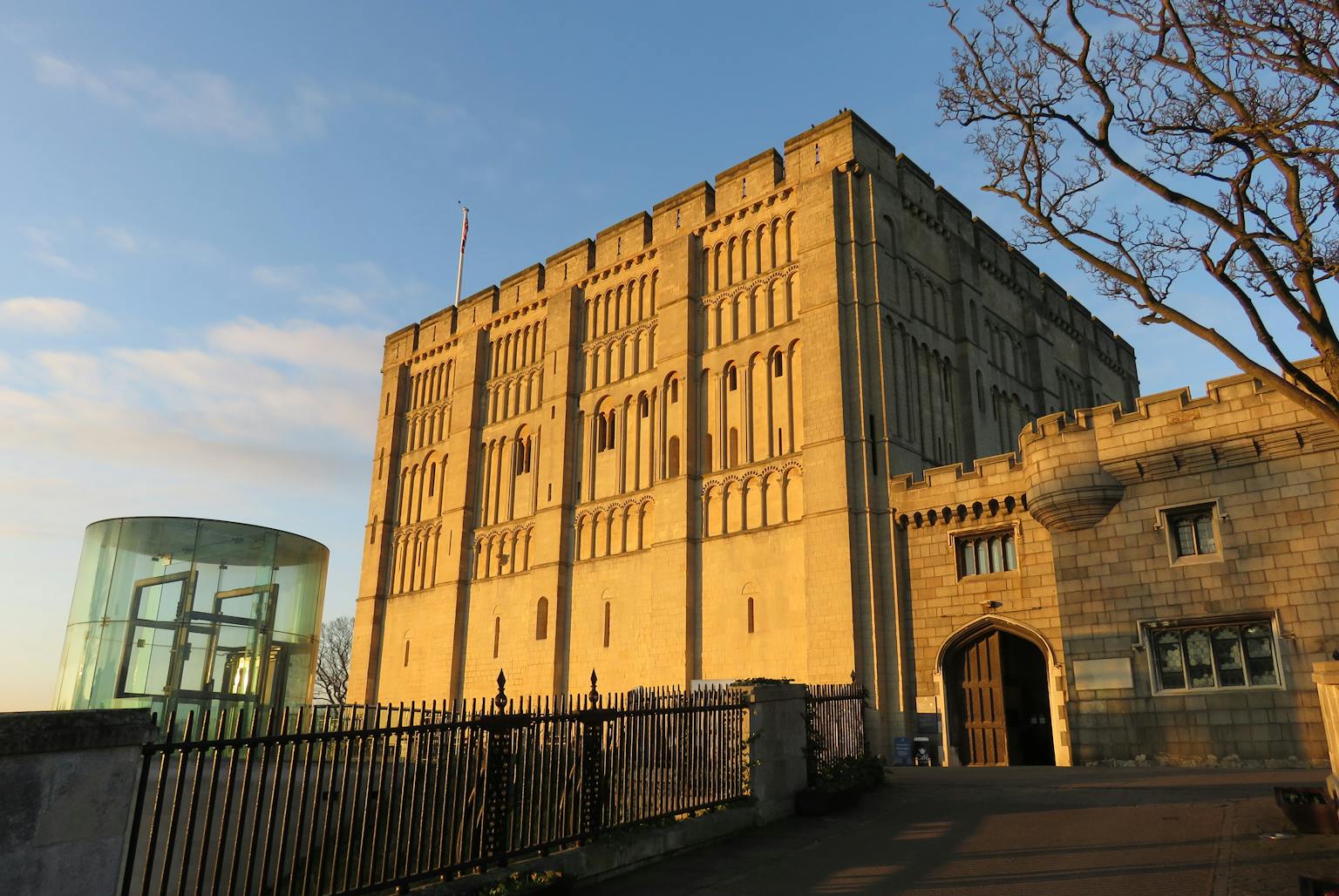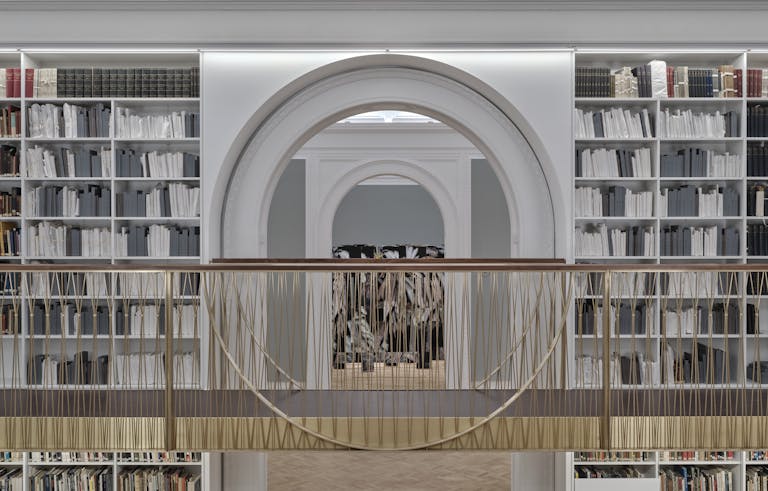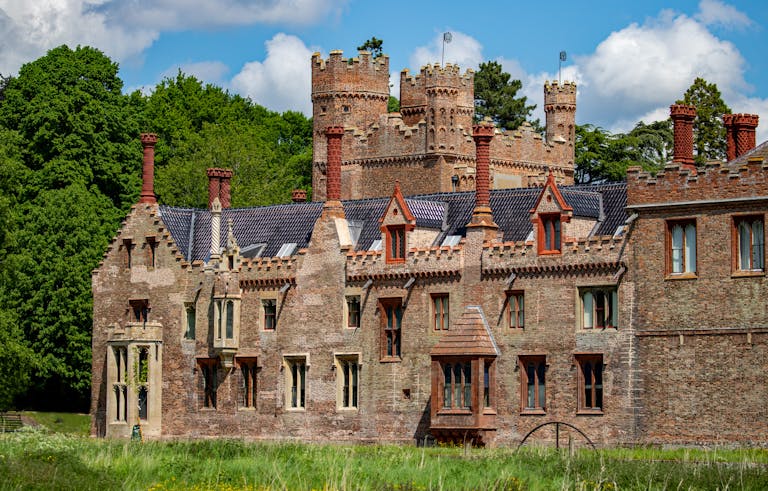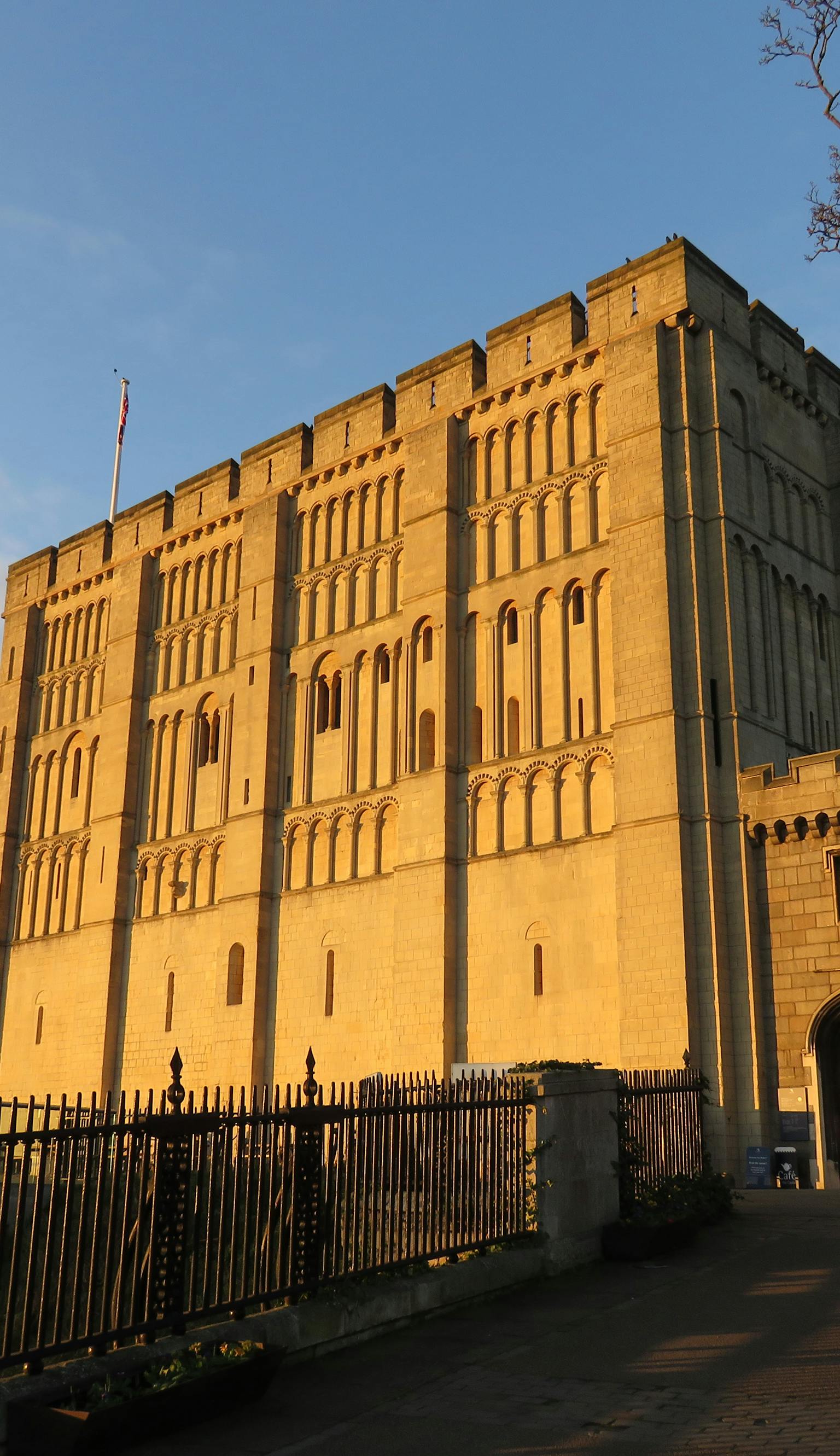
Norwich Castle
Helping to restore Norwich’s Norman castle
- Location
- East
- Client
- Norfolk Museum Service
Norwich Castle is a Grade I listed building sitting atop of scheduled mound. It is run by the Norfolk Museums Service and has been the subject of two major National Lottery Heritage funded grants. Purcell have helped to restore the castle to its former glory in several ways.
Historic Background
In 1095 Norwich Castle became the third stone built keep to be constructed after the Norman Conquest (after the Tower of London and Colchester Castle). It dominated Norman Norwich and came under attack in 1174 and was seized in 1217.
By the early 14th Century it was used as a County Gaol, in which it remained until 1886. In that time it was largely rebuilt twice, between 1789 and 1793 by John Soane and by William Wilkins in 1822-27. The Norman Keep was retained but gutted by Soane.
In 1883, local philanthropist John Gurney, suggested the Castle should be converted to a museum and local architect Edward Boardman transformed the Keep and the Wilkins buildings into the County Museum between 1889 and 1896. The large central courtyard was infilled in phases with new galleries through the twentieth century.
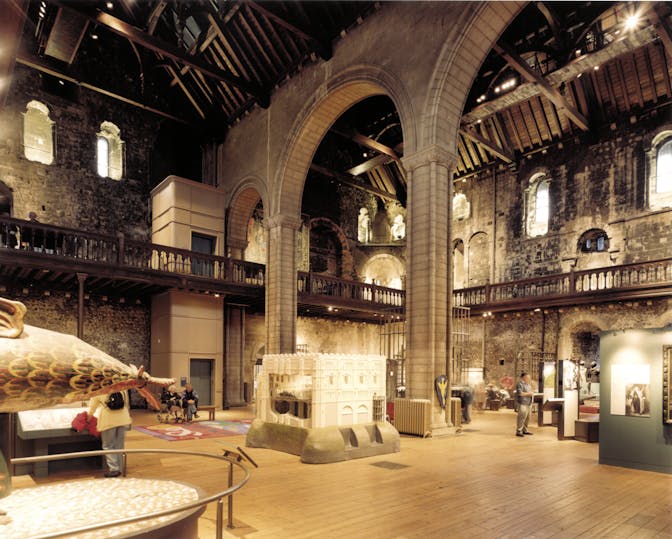
Project 1: A Three Phase Programme
Working with the Norfolk Museums Service and Norfolk County Council, Purcell coordinated and designed a comprehensive £13m refurbishment of the museum in 1999. This was carried out in three phases: conversion of the Shirehall chambers, roof repairs and remodelling the castle gardens.
The Shirehall chambers at the base of the castle mound were transformed from office spaces to museum spaces, storage, workshop and support spaces. The chambers were linked to the main castle museum via a cut and cover tunnel and bridge for movement of staff and objects with lifts at each of the chambers’ sides.
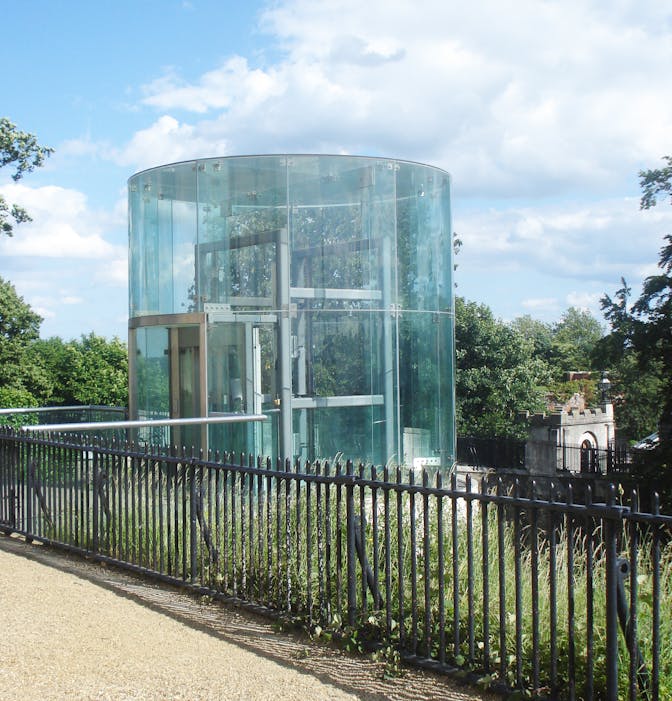
We repaired the keep's rooftop and created more display spaces, including visitor facilities and a lecture theatre. The boardman’s rooms were also reinstated, and we undertook major service up-grades including fire protection, security improvements and also improved disabled access.
By remodelling the castle gardens west of the bridge, we removed the Victorian paths up the mound and formed a new external lift for accessibility, with a clearly visible route from castle meadow to the museum entrance.
Full archaeological investigations preceded this work and the redisplay of large parts of the collections completed the most radical change to the museum for 30 years. Approximately one million objects were moved out of the museum before work could start. The museum was formally reopened by HM Queen Elizabeth II in 2001.
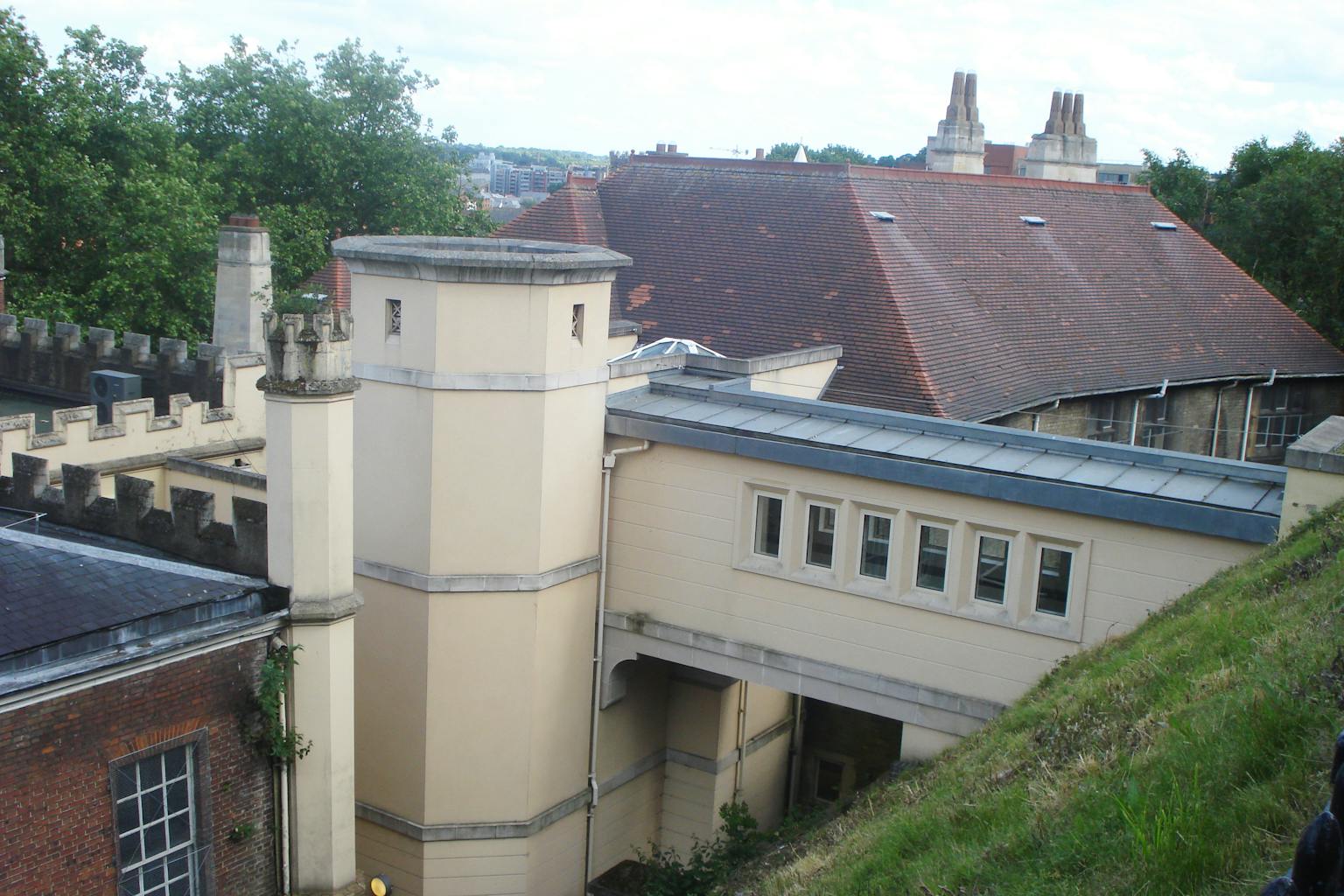
Project 2
Purcell was initially commissioned to prepare a detailed assessment of the work by Edward Boardman to create the museum. This involved detailed archival research to understand the works done, inspiration and the design rationale.
The research was coupled with detailed analysis of what survived on site in terms of built fabric and the Boardman designed display cases. The work revealed that whilst the conversion of the Wilkins buildings had been completed as Boardman had intended, his original intention to restore to Keep its original floor levels had been curtailed and a compromise had been created. This work facilitated the development of the keep project, which will reinstate the main Norman floor level and transform the visitor experience with a complete refurbishment of the keep.
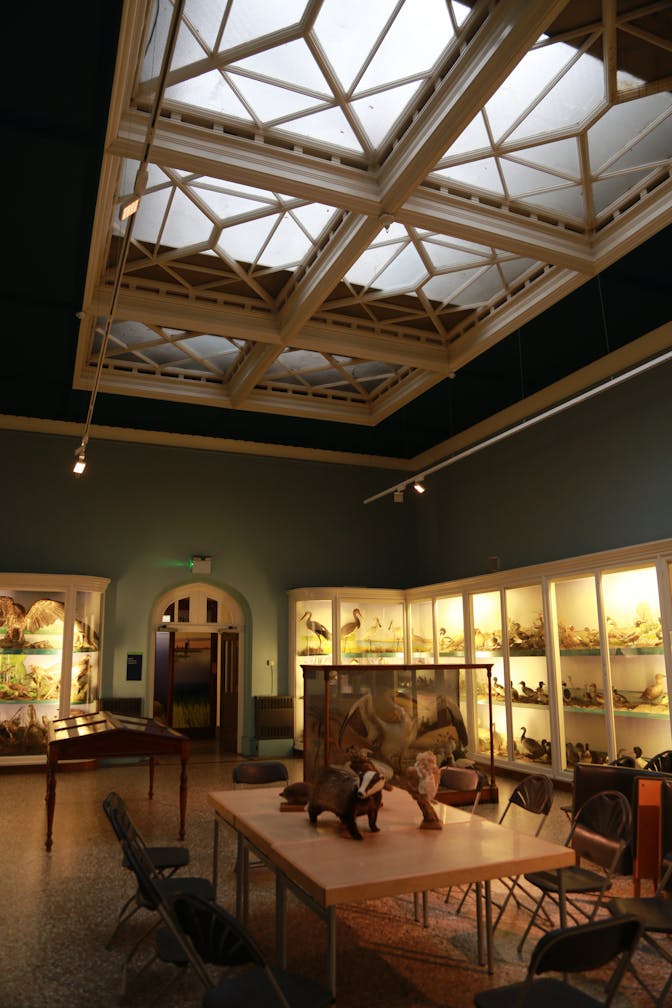
Conservation Management Plan
As part of the project, which received £9.2m of funding from the National Lottery Heritage Fund, Purcell was commissioned to update the Conservation Management Plan for the whole castle site. Purcell had originally produced a CMP in 2009.
The new research from the Boardman Assessment and other discoveries were incorporated along with changes to reflect the alterations to the castle’s designations. Working with the Norfolk Museums Service, Norwich City Council and Historic England, the current issues and opportunities were explored and the conservation policies comprehensively updated.
